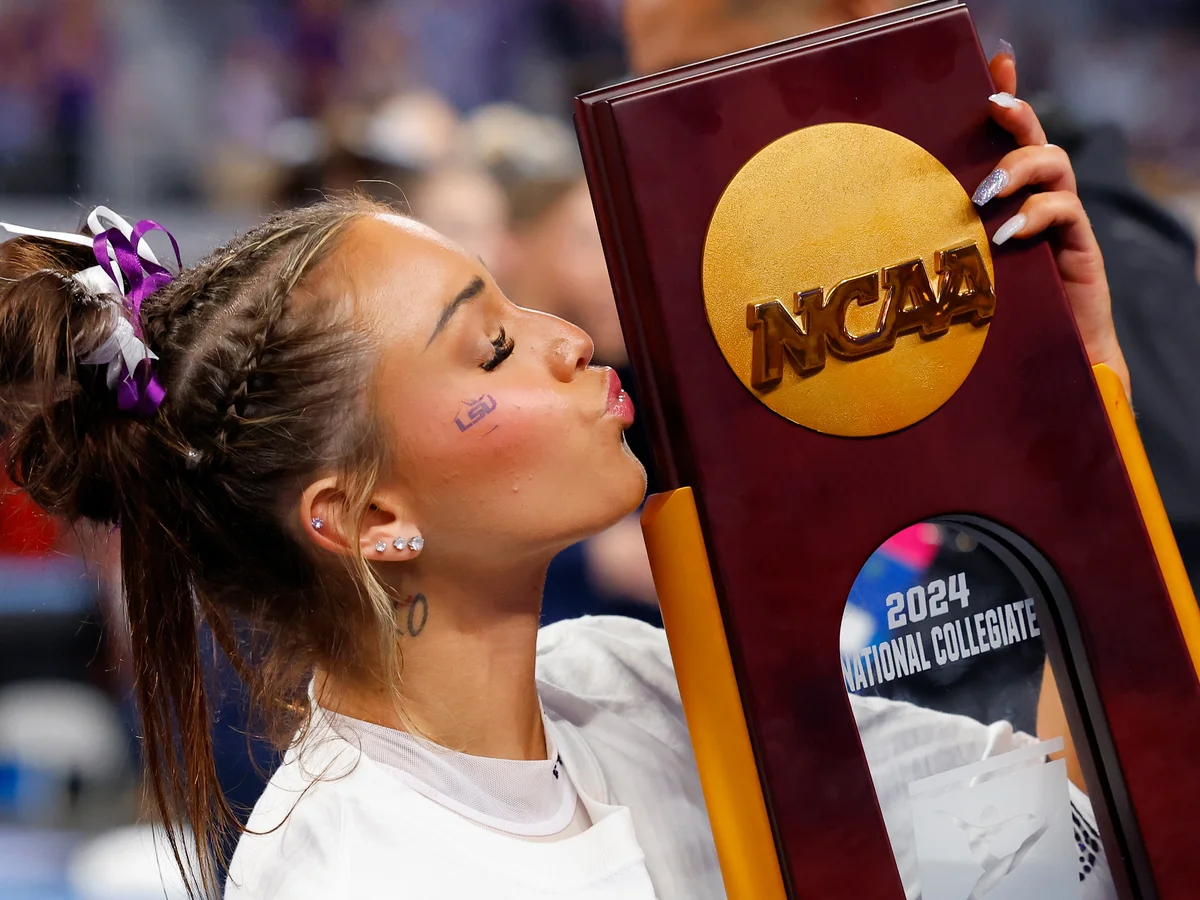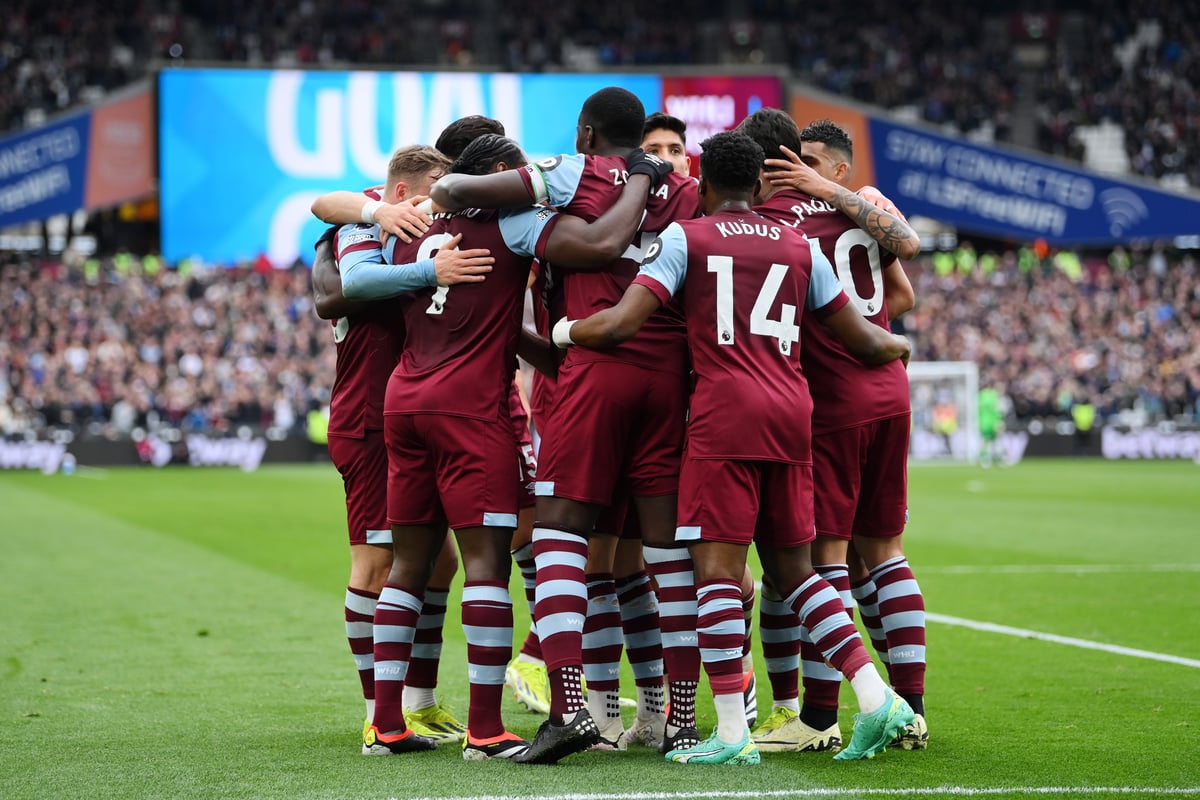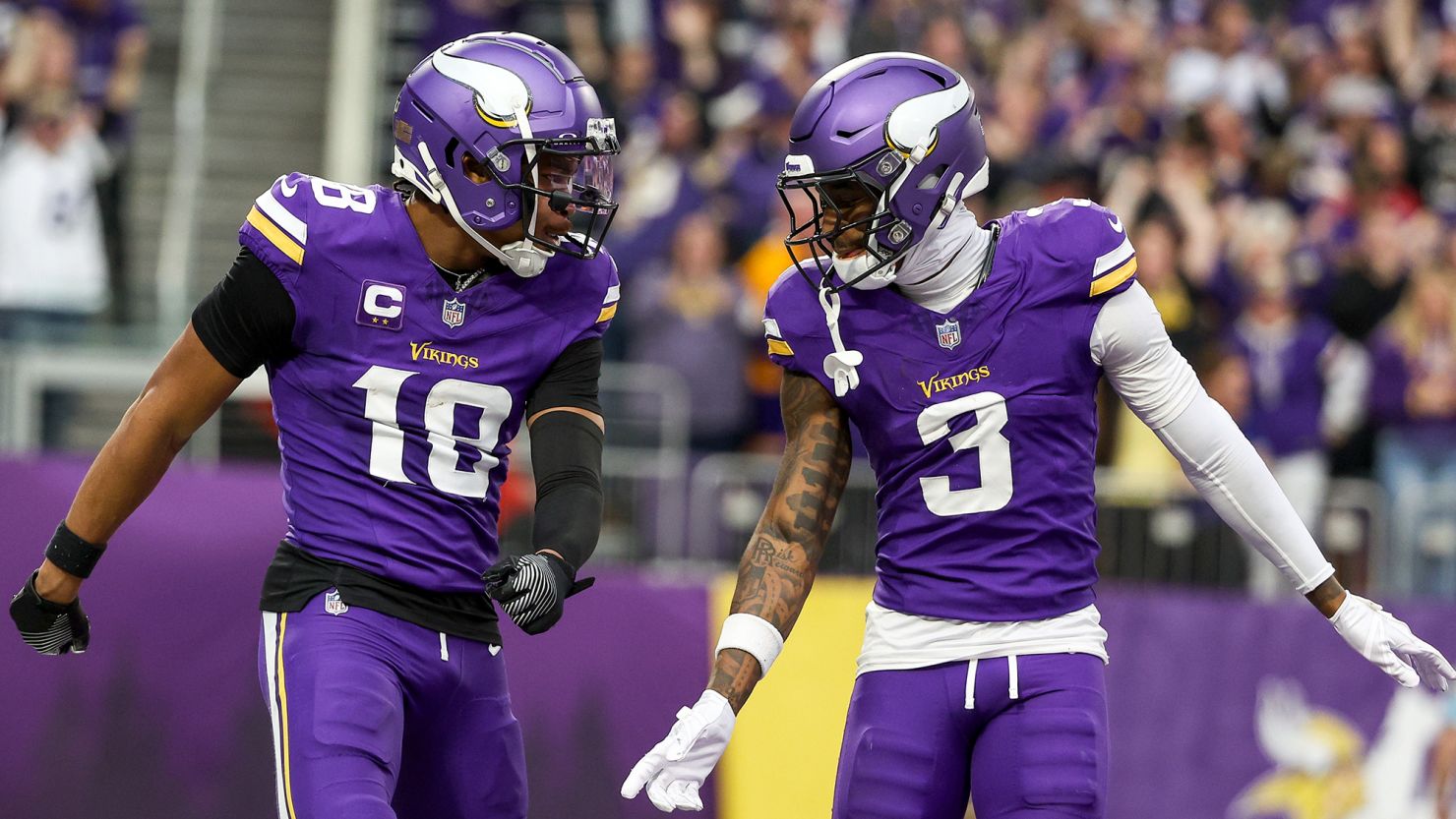College athletes fought for decades to earn from their name, image, and likeness (NIL). In 2021, the NCAA finally gave in. Now, in a landmark move, a $2.8 billion settlement aims to compensate current and former athletes who missed out on earnings during the NCAA’s amateurism era.
But the celebration has been cut short.
An appeal led by eight former female athletes is challenging the distribution of the payout — claiming it violates Title IXand shortchanges women by over $1 billion. The result? All back payments are on hold.
Here’s a breakdown of what’s happening, what it means for athletes, and why this could reshape the commercial model of college sports forever.
What Is the $2.8 Billion NCAA Settlement?
The NCAA settlement is designed to compensate athletes who were previously barred from monetizing their NIL — through video games, jersey sales, endorsements, and more. It applies retroactively from 2016 onwards.
More importantly, the deal sets a legal foundation for direct revenue-sharing between schools and athletes, starting July 1, 2025 — a seismic shift from the traditional scholarship-based model. Each college will be allowed to distribute up to $20.5 million annually to its athletes.
Why Is There an Appeal?
Eight former female college athletes — including players from Vanderbilt, Virginia, and the College of Charleston — are appealing the settlement on the grounds that it violates Title IX, the U.S. law that bans sex-based discrimination in education.
They argue that:
- Up to 90% of the settlement money is allocated to men in football and basketball.
- This denies women over $1.1 billion in potential compensation.
- The payout formula is based on historical media revenue, which itself is a product of unequal investment and exposure.
Understanding Title IX in the NIL Era
Title IX, enacted in 1972, ensures gender equity in federally funded education programs — including athletics. This means schools must provide comparable resources, scholarships, and opportunities for men and women.
The female athletes argue that:
If the NIL ban affected all athletes equally, the compensation must also be equal.
Using historic media deals as a basis — which inherently favored male sports — they argue, bakes in decades of systemic inequity.
What Did the Court Say?
U.S. District Judge Claudia Wilken approved the settlement and rejected the Title IX claim, stating that it fell outside the antitrust case’s scope. The plaintiffs have since filed an appeal with the Ninth Circuit Court, halting all back payments.
Why Most of the Money Goes to Football and Basketball Players
The settlement uses historical data — mostly TV contracts and licensing deals — to allocate compensation. Since football and men’s basketball generated the lion’s share of revenue, their athletes receive the bulk of the payout.
Critics say this rewards past inequality and ignores the potential of underfunded women’s sports and non-revenue programs.
What Happens Now?
- Back payments are frozen until the Ninth Circuit rules.
- Revenue-sharing with current players begins July 1, 2025.
- The court has requested briefs by October 3, but a final decision could take 12–18 months.
This case isn’t just about retroactive fairness — it’s about setting the blueprint for a new commercial future in collegiate athletics.
Here’s what we see coming next:
1. Acceleration of Commercial Infrastructure in College Sports
Athletic departments will need NIL managers, revenue-sharing strategies, and compliance officers just like pro franchises. Colleges are now sports businesses.
2. Brand Equity Will Shift to Players
Expect a rise in player-focused content, personalized licensing, and influencer-brand partnerships. Universities will have to redefine their brand architecture around individual talent.
3. Equity Lawsuits Will Continue
This Title IX appeal is just the beginning. Gender equity will become a core pillar of risk management for all NCAA institutions — and possibly a new avenue for brand storytelling and differentiation.
4. The End of Amateurism
The NCAA’s legal and commercial models are now aligned with professional sports. This opens doors for private equity, player unions, and media rights reshuffling at the collegiate level.
At 365247 Consultancy, we work with sports rights holders, universities, and investors to navigate the legal-commercial crossroads of modern sport. From NIL strategy to Title IX compliance and revenue planning — we help you future-proof your sporting assets.
Join the 365247 Community here.
IMAGE: Getty Images


